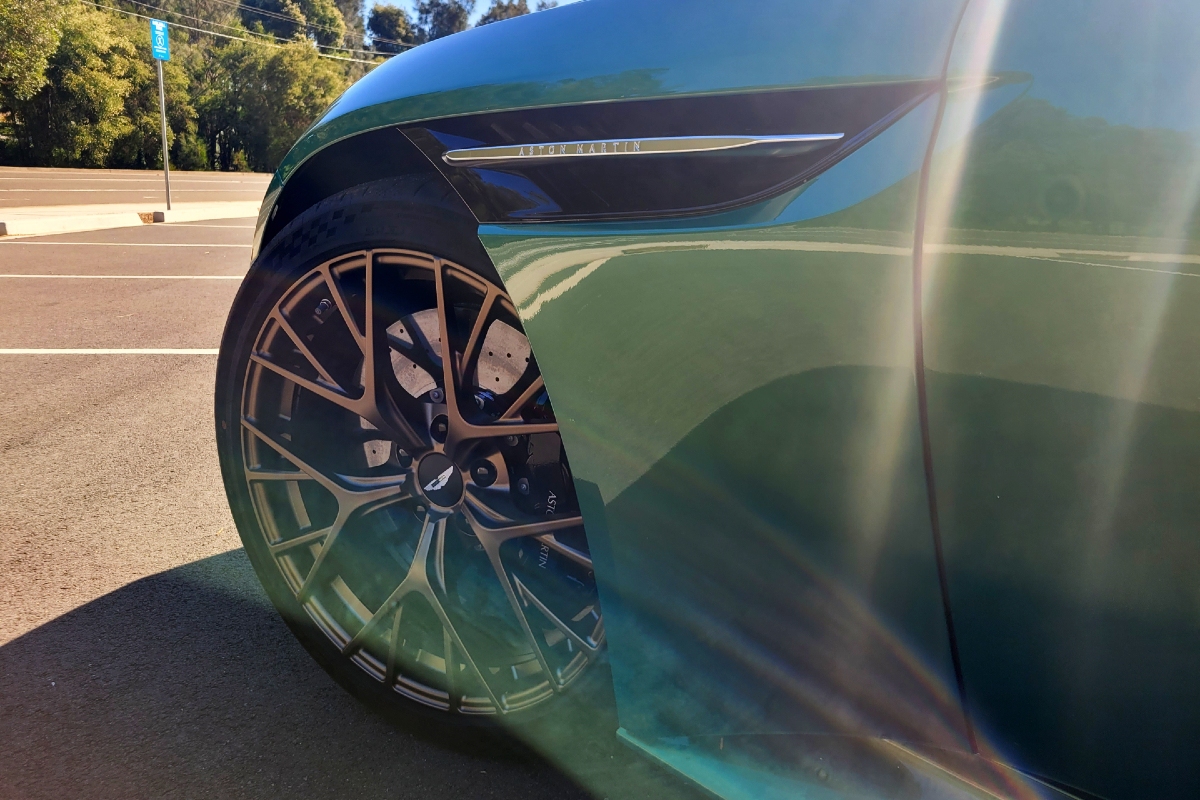
Across the ditch, V8-powered Toyotas have been racing around New Zealand’s circuits for the best part of a decade.
In 2012, it was announced the NZV8s would switch from its TL formula (Trans-Am Lite) to TLX.
The TL formula was a raging success. At its peak, there were upwards of 30 of the carbureted, four-speed V8-powered taxis racing around the country.
However, by the late 2000s, the cars began to show their age and soon there were enough interest in moving to a more modern platform in line with Supercars and its Car of the Future.
However, there were two prevailing schools of thought and it ultimately led to a split in the ranks — NZV8s and its TLX formula and a breakaway group forming V8 SuperTourers.
Each faction built its own V8 touring car based roughly on what Supercars was running at the time. Fundamentally, V8-powered space frame chassis with sequential gearboxes.
V8 SuperTourers pressed on with its PACE Innovations-built Ford FG Falcon and Holden VE Commodore silhouettes powered by 7.0-litre Chevrolet crate engines. The cars were, for all intents and purposes, identical except for panels.
On the NZV8 side, there was a different approach. Initially, three different models were built: the Ford Falcon, Holden Commodore, Toyota Camry and later the Nissan Altima, all with engines from their respective manufacturers.
The Camry was the work of Paeroa-based Toyota dealership owner Tony Richards and his Richards Team Motorsport outfit.

The idea was simple. The Richards family had two Toyota dealerships, wanted to continue racing in NZV8s, and saw the potential to build a touring car based on the Camry.
The cars were built by Mitchell Race Xtreme (MRX) – a small workshop near Hamilton, which became the designated TLX builder.
After executing the proof of concept – chassis 000 – several teams committed to building cars, including Richards Team Motorsport which initially rolled out in 2013 with two Camrys.
“They had the Camry idea and we just got talking,” Nick Mitchell recalled to Speedcafe.
“From there they basically said ‘We want to do something’ and the first step was to get Toyota panels, just bare metal, black, outer skins,”
“Basically a truck arrived with boxes and boxes of Toyota parts — doors, guards, A B C pillars.
“The engine was the next big thing. What motor do they use? Where do you get one from?
“The motor they settled on was the 3UZ 5.0-litre quad-cam Toyota out of the Chip Ganassi-run Daytona 24 Hour prototypes.”

Although the NZV8 series was the pinnacle of touring car racing in New Zealand, it paled in comparison to the Supercars across the ditch.
Parity was very much an afterthought, although there was consensus that the TLX cars would all be four-door sedans.
“Parity never really came up because we knew we didn’t have the budget,” Mitchell explained.
“There were no wind tunnels, no gravity testing. It was like, man, we’re a small shop in the Waikato, let’s just build these cars and go have fun, essentially. We’ll worry about what might be later on.
“When it came to the Camry, we took a lot of parts from the VE. With the nose, we basically split a VE nose in half, used the bottom half from the VE and then the top half from the Camry. We mocked that up together and then we bogged it, foamed it, dressed it up, smoothed it, and then had moulds made to produce that.
“The way we do things in our shop, some say might be crude or a different way of doing it. There’s a term called rapid prototyping. Don’t spend a thousand hours designing this thing and then you build it and go ‘We should have done this, we should have done that’.”

Cost was always a big talking point with the TLX cars. It’s been more than a decade since the idea was first conceived. Then, a car only cost around $200,000 – a remarkable feat for what was essentially a Supercar.
“That first chassis was done in under two weeks,” said Mitchell.
“The second chassis we built was 001 and that design never changed the whole way through. It’s all well and good if you’ve got millions of dollars to go CAD design an entire car and do everything and spend six to 12 months designing something. That’s not how Kiwis do it.
“If we had a problem, we’d fix it as we go. All suspension was built in-house as well, it wasn’t just the chassis. The uprights were built in-house, all the suspension arms, the sway bars, the exhaust, the diff housings, all the drive hubs, all built locally. We did a huge amount of stuff at our shop at MRX.”
The cars had a rotating roster of drivers over the years. One was driven by New Zealand Formula Ford champion Martin Short who now serves as Broc Feeney’s race engineer.
The Camrys continued to race when NZV8s and V8 SuperTourers eventually merged to form NZ Touring Cars in 2015.
For the 2017/18 season, Andre Heimgartner beat teammate Jason Bargwanna to the title. Other names to have raced the Toyotas include Scott Taylor and Brenton Grove.

Although the cars are more than 10 years old, they still run around New Zealand.
Earlier this year, Red Bull Ampol Racing’s Feeney, Brad Jones Racing driver Jaxon Evans, and PremiAir Racing duo Tim Slade and James Golding tested one as part of preparations for the Taupo 400.
Right now, chassis 004 sits on display in the Tony Richards Toyota showroom in Paeroa. Chassis 005 is hoisted on Scott Taylor’s Hot Wheels rack of race cars on the Gold Coast.
Chassis 001 has undergone a full rebuild and is now powered by a NASCAR motor out of a current specification Toyota Camry.

 Shop
Shop




























